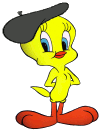
Rhone-Alps
70 km around Lyon
This page lists several places to visit around Lyon and complements the page about Lyon that already shows nice places in an area close to city (<10 km; or 6 miles). The radius is thus extended to 70 km (45 miles).
Ampere Museum (15 km north)
The museum is located in Poleymieux, in the beautiful scenery of the Mont d'Or. We can see small experiments with of course the "bonhomme d'Ampère", conductors and magnets, solenoids, the experiment table of Ampere which looks like a great printed circuit, a history of induction machines (including Clark machine from 1833...), the definition of the "Ampere" unit, and several informations such as knowledge of the Greeks from the 7th century B.C. : amber (which can be charged by rubbing with a cloth and then attracts dust) -somewhat the ancestor of electricity- and magnetite (which naturally attracts iron) -the ancestor of magnetism-. There are also documents and portraits of Ampere...
Antoine Brun museum (15 km west)
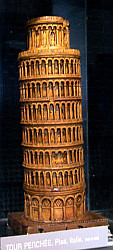
Antoine Brun (1822-1900), the "peasant shoemaker artist" from Sainte-Consorce (where the museum has been built) first carved numerous wooden models of monuments from Lyon and then monuments from all the world. He only knew these monument by reading magazines.
We are impressed by the details of the models and the patience that had been necessary to achieve them. Besides Antoine Brun used several wood species to create the effects of contrasts. The main part of models is often carved in lime and bases often in fir tree. Beech, wild cherry tree, oak, walnut tree... were also used.
Miribel (15 km north-east)
The Madona of Miribel holds the Child and crushes the serpent as a victory of good against evil.
Dardilly and Ars (15 km north-west and 40 km north)
Dardilly is the birthplace of Saint Jean-Marie Vianney : The Holy curé of Ars. We can visit his childhood home.
In Ain the town of Ars was very influenced by his priest, canonized, who officiated in the first half of the 19h century. It is still a place of pilgrimage and you can go to the Basilica to pray at the reliquary containing the body of the priest, or visit the house where he lived (he was tempted by the devil there), go to the chapel of the choir and the underground church, go and see the monument of the meeting, and visit a wax museum about his life. The Holy Cure of Ars is the patron saint of priests.
The dombes (35 km north-east)
North of Lyon, dombes are plateaus composed of ponds and wetlands partially drained by monks.
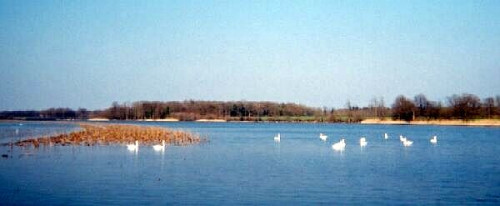
The little Abbey of Our Lady of dombes is a reminder of the work of monks in the region.
Many species of birds make their nests in these landscapes which are a crossing point of many migrations.
Villars-les-Dombes
A bird reserve is established in Villars-les-Dombes with over 400 species of birds from all over the world including flamingos, pelicans, ostriches, penguins, ibises, condors, owls, toucans, macaws, dinghies... A little "train" ride can be taken and there are restaurants in the park.
Storks have been living here since a few years after one, hurt, has been looked after.
Pérouges (40 km north-east) 
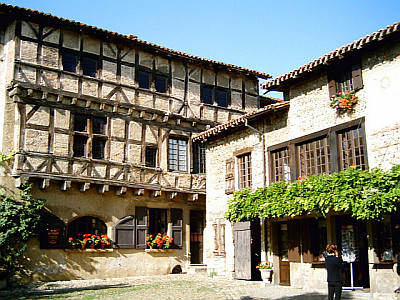
This medieval city is well-preserved and listed among "the most beautiful villages of France". It is better to wear soft shoes because all streets are paved with cobblestones (called heads of cat).
We can visit the church to the left of the entrance, the museum of the main square where there are souvenir shops, or just have a stroll along the streets.
And do not forget to taste the famous brioche pastry of Pérouges with a recipe dating back to 1912. Cider is also sold in Pérouges.
La Balme caves (around 55 km north-east)
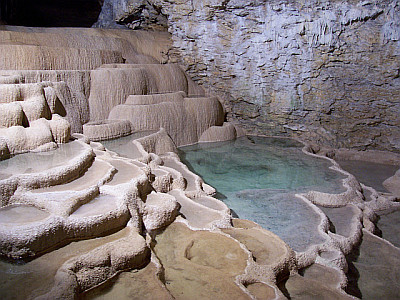
In Dauphiné, this cave is original for the chapel at the entrance and the painting of Francis I realized by an artist who had to pay his board at the hotel. There is also an underground river, small ponds, "mazes" and even bats... Note that the famous smuggler Mandrin would have stayed here.
Nearby, the site of Larina, former Gallo-Roman site, is a career of flagstones (called lauzes) which was used for roofing.
Castle of Fléchères (around 50 km north)
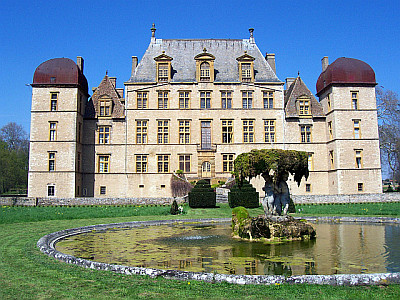
The castle of Fléchères was built (in the early of the 17th century) at the site of an ancient fortress for both being the residence of the provost (mayor) of Lyon and housing a Protestant church. The temple was located on the top floor because nothing could be above God. On the facade we see 3 windows corresponding to the Holy Trinity and 7 windows as 7 is another Christian symbol referring to God. Today the temple has disappeared (the family converted to Catholicism in the 18th century).
Inside the castle there is also many symbols as it is often the case in castles (to be seen in the gallery). The kitchens can also been visited in the basement.
Fléchères is a "little treasure" near Lyon.
Parks (less than 60 km)
Romanèche-Thorins zoo
This is both an amusement park and a zoo 60 km north of Lyon. The mascot is the white tiger.
Courzieu park
30 km west of lyon, there is Courzieu park with wolves and raptors. There are raptor shows and wolves feeding in early afternoon.
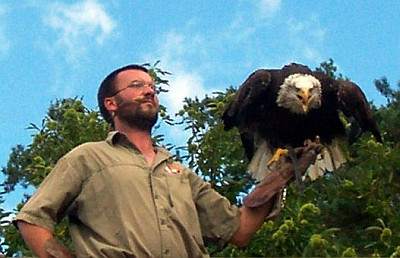
Near Courzieu park
Nearby, one can get to Yzeron or to Saint-Bonnet-le-froid to drink a coffee.
Zoological park of Peaugres
60 km south of Lyon, this large zoo comprises a walking area and a car "safari".
Zoological park of Saint-Martin la plaine
45 km south west of Lyon, this monkey zoo has nice gorillas.
Vienne (35 km south)
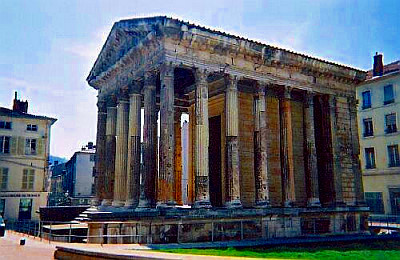
Vienne is an ancient Gallo-Roman city from which many vestiges remain including the Temple of Augustus and Livia, a 20 meters high pyramid which was at the center of a circus, a Roman theatre (which can be seen from Pipet viewpoint) and the remains of a Roman road.
One can also see the ruins of a castle and visit St. Maurice's Gothic cathedral.
The site of Saint-Romain-en-Gal, on the other side of the Rhone has a Gallo-Roman museum at the location of an ancient Gallo-Roman site. It is worth visiting for its mosaics and models.
Le Pilat (65 km south)
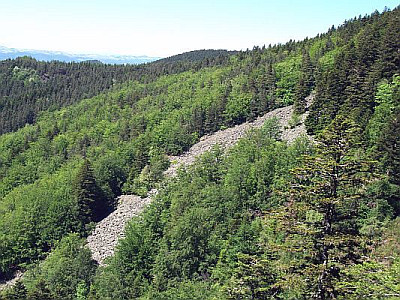
The regional park of Pilat is an ideal place for hiking although it is often cold and there are a lot of stones (it is better to get good shoes).
The best viewpoint is the crest of Oeillon. Behind the TV tower, there is a directing table and panoramic view overlooking the Rhone.
One can also go to the peak of Perdrix ("Partridge").
There are many other excursions such as the hike leading to the fall of Gier. Beaware, this one includes steep and difficult footpaths.
La randonnée du saut du Gier comprend des portions assez difficiles et abruptes mais permet de croiser des chirats (éboulis de pierre), les biefs du Gier (nom donné aux sections des petits ruisseaux) et de se régaler de mûres (si bonne saison).
Firminy (70 km south-west)
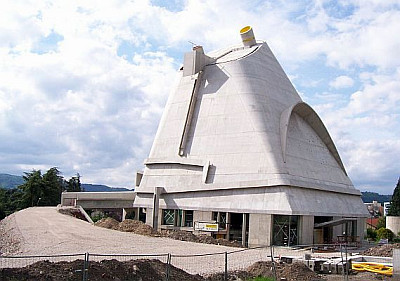
In firminy, near Saint-Etienne, there are buildings including St. Peter's church from Swiss architect Le Corbusier who specialized in "modernism". The church was under construction in 2006. One can also go and see Ronchamp (near Belfort).
As far as I am concerned it is not my cup of tea (it is all in concrete...).
More visits
-
30 km north-west, the gloden stones of Beaujolais draw their name from their colour.
-
30 km south-west, the monts of Lyonnais with the Yzeron pass are superbs.
-
30 km south-east, they are mounds of earth built up in the Middle Ages for defensive purposes in Saint-Pierre-de-Chandieu. Nearby there is the castle Septeme which can be visited on saturdays and sundays (it is a private property).
-
40 km south-east, the castle of Moidière which has a little zoo is an ideal place for a half a day outing. To see : deers, groundhogs, weasels, goats, raptors, bighorn sheeps, lynx, wolves, foxes, wild boars, genets, badgers... and a small botanical park.
